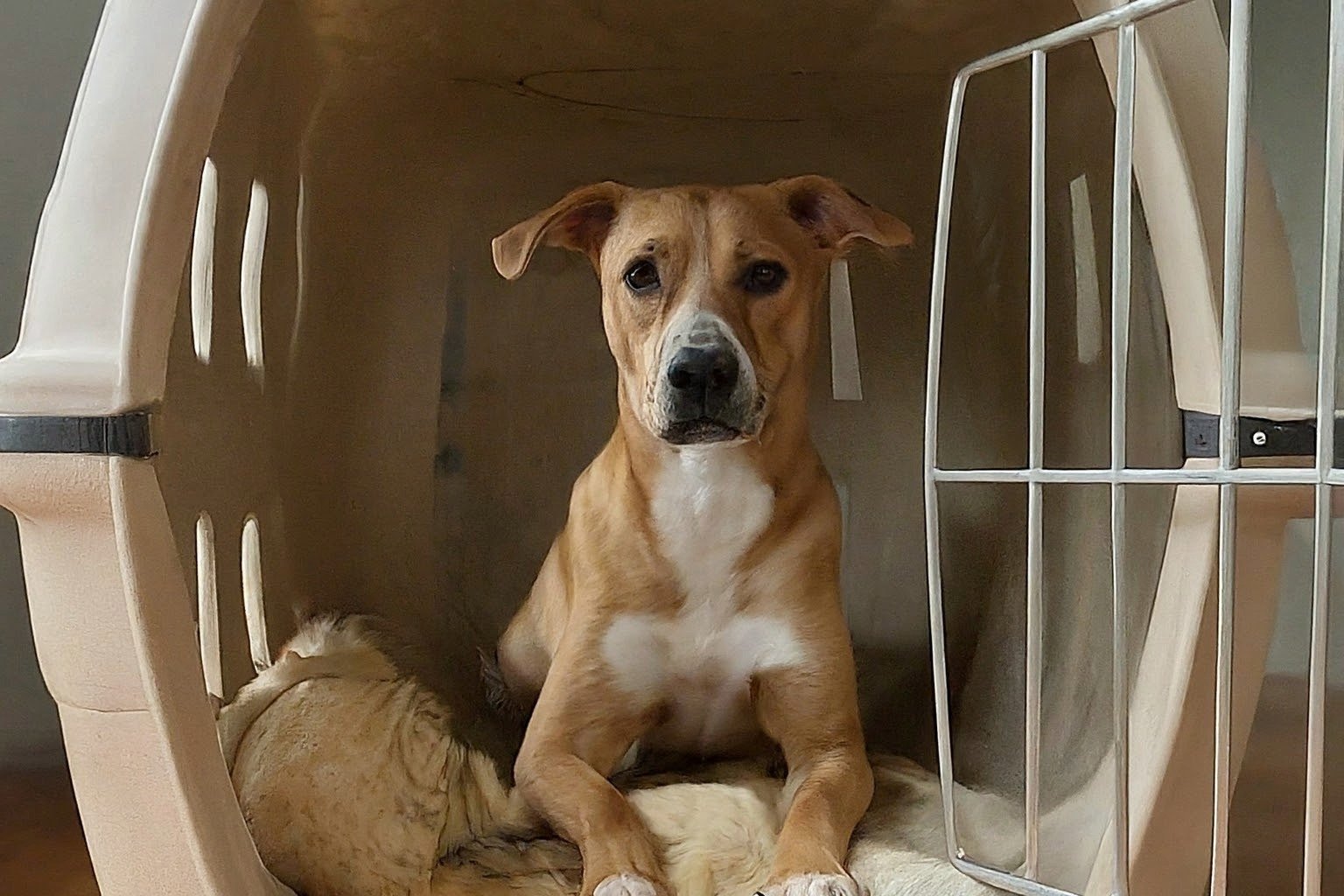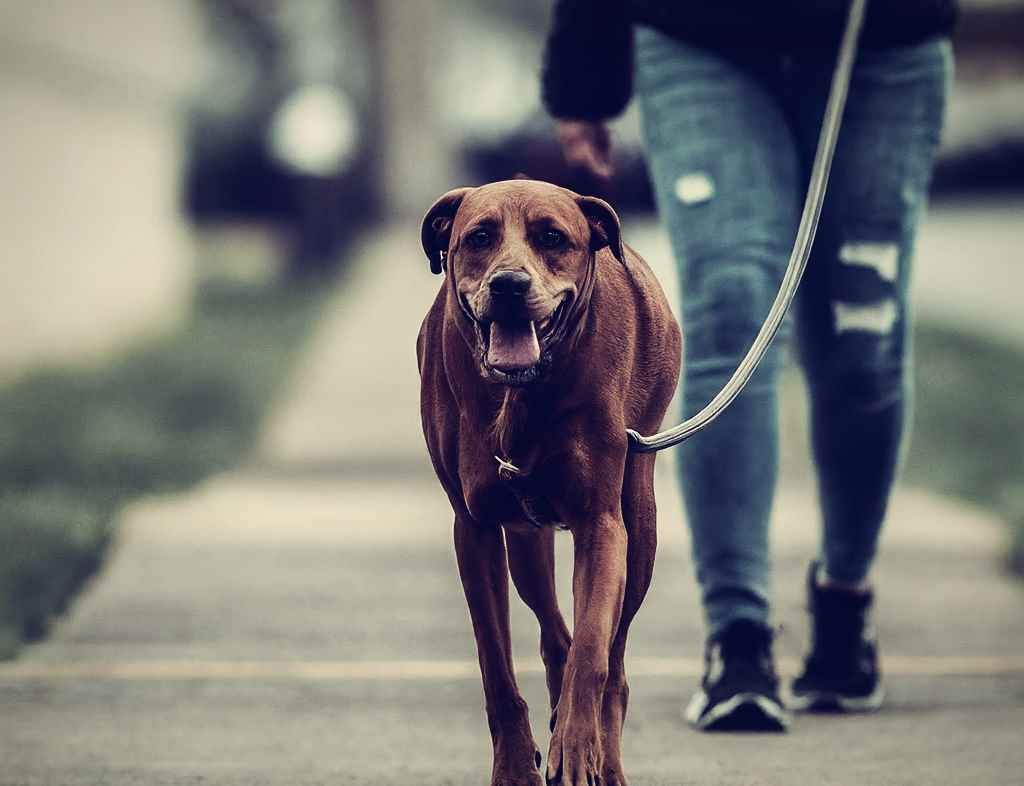20 Actionable Tips for Your Dog Training
The excited bark, the wagging tail, the unconditional love – dogs bring immense joy into our lives. But sometimes, that boundless enthusiasm can translate to chewed furniture, unwelcome barking, or frantic leash-pulling.
Unleashing your pup’s potential can be easy! With a little patience, consistency, and the right approach, you can transform your furry friend into a well-behaved companion.
While professional dog training offers undeniable benefits, it’s not always the most accessible option. The cost of training sessions can add up, and scheduling appointments might not fit every dog owner’s busy lifestyle.
Here’s where home training shines! Training your dog at home allows you to tailor the process to your own schedule and budget. The convenience factor is undeniable – training sessions can seamlessly integrate into your daily routine, fostering a stronger bond between you and your pup.
Furthermore, the positive reinforcement techniques emphasized here are just as effective—creating a well-behaved and happy dog without the need for professional intervention in every case.
So, while professional trainers offer invaluable expertise, home training with dedication and the right approach can be a powerful and rewarding alternative. Imagine the satisfaction of witnessing your pup master a new command, all thanks to your guidance and encouragement. Here’s a breakdown of 20 actionable tips to get you started on this rewarding journey.
Building a Foundation: Setting the Stage for Success

- Embrace the Early Bird: Don’t wait for bad habits to form! The moment your adorable new puppy trots through the door, whip out those treats and begin basic training. Imagine a tiny ball of fluff sitting on command – a heart-melting sight that reinforces good behavior from the get-go.
- Setting Realistic Goals: Not all dogs are created equal. A lumbering Saint Bernard might take longer to master agility drills than a nimble Border Collie. Tailor your training goals to your dog’s breed, age, and experience. Start small, celebrate each victory (no matter how seemingly insignificant!), and gradually increase the complexity of commands.
- The Power of Routine: Picture this: your pup wakes up to a familiar breakfast time, followed by a stimulating walk and a fun training session. This predictability creates a sense of security and fosters a smooth training process. Establish a consistent routine for feeding, walking, and training to help your dog anticipate what comes next.
- Patience is a Virtue: Remember, training takes time and dedication. There will be moments of frustration (the chewed shoe incident comes to mind), but resist the urge to raise your voice. Take a deep breath, channel your inner zen master, and approach each training session with a positive attitude.
- Positive Reinforcement: The Key to Success: Forget dominance-based training methods. Positive reinforcement, where you reward desired behavior with treats, praise, or play, is the gold standard in dog training. Imagine your dog’s face lighting up as they receive a delicious treat for a perfectly executed “sit” – positive reinforcement strengthens the connection between good behavior and a desirable outcome.
From Potty Training to Perfect Manners: Mastering the Essentials

- Crate Training: Your Potty-Training Ally: Crate training offers a safe haven for your pup and helps establish appropriate bathroom habits. Think of a cozy den where your dog feels secure, not a cage for punishment. Gradually increase crate time and pair it with frequent potty breaks to create a positive association with elimination outdoors.
- Puppy Pads (But Use Them Wisely): For very young puppies or situations with limited outdoor access, puppy pads can offer a temporary solution. However, treat them as a stepping stone. Place them near a designated potty area outside and gradually move them closer to the door, ultimately transitioning your pup to eliminate outdoors completely.
- Scheduling is Key: Just like humans, dogs thrive on routine. Establish a regular schedule for bathroom breaks, taking your pup out frequently, especially after meals, playtime, or waking up. This predictability helps them understand when and where it’s appropriate to eliminate.
- Building a Repertoire: Essential Commands Focus on core commands like “sit,” “stay,” “come,” “down,” and “leave it.” Imagine a calm walk with your dog heeling by your side, responding to a well-timed “leave it” when they eye a tempting discarded sandwich. Keep training sessions short and engaging to avoid overwhelming your dog.
- Clear Communication is Key: Think of yourself as a dog whisperer, but instead of whispers, use clear hand signals and verbal cues. Imagine pointing to the ground while saying “sit” – consistency in your communication helps your dog understand what’s expected of them.
- Reward Immediately: Timing is everything. Imagine your dog executing a perfect “down” – reward them with a treat or enthusiastic praise immediately! This reinforces the desired behavior and creates a positive association with following your commands.
Beyond the Basics: Building a Well-Behaved Companion

- Leash Training for Enjoyable Walks: Picture this: a relaxed walk with your dog by your side, no frantic pulling or tangled leashes. Leash training takes practice. Start indoors, rewarding loose leash walking with treats and gradually transitioning to outdoor environments. Remember, consistency and patience are key!
- Socialization: Broadening Your Dog’s World: Imagine a confident dog, greeting new people and animals with a wagging tail instead of barking hysterically. Socialization exposes your dog to new people, animals, and environments in a safe and controlled way. Puppy playdates at the park, visits to friends’ houses, or enrolling in a puppy socialization class are all fantastic ways to build your dog’s confidence and prevent future anxieties.
- Addressing Unwanted Behaviors: Chewed furniture, persistent barking, or enthusiastic jumping can test any dog owner’s patience. The key is to address these unwanted behaviors with positive reinforcement. Imagine catching your dog red-pawed with a shoe in their mouth. Instead of scolding, redirect their attention to an appropriate chew toy and reward them for playing with it.
- Consistency is Key: Picture this scenario: you tell your dog “no jumping” on the couch one day and allow it the next. This mixed messaging creates confusion. Be consistent with your commands and expectations. Everyone in the household should be on the same page to ensure your dog receives clear and consistent communication.
Advanced Training (Optional):
- Trick Training: Fun and Mental Stimulation: Think of teaching your dog a fun trick like shaking hands or rolling over. Trick training isn’t just for show; it provides mental stimulation, strengthens your bond, and offers a rewarding activity for both you and your dog.
- Clicker Training: Precise Communication: Imagine a clicker, a small handheld device that makes a clicking sound. Clicker training uses the click to mark the exact moment your dog performs a desired behavior, allowing for precise reinforcement. This method can be particularly helpful for complex commands or stubborn learners.
Last, but not least.

- End on a Positive Note: Always finish training sessions on a successful note, leaving your dog wanting more. Imagine ending with a perfectly executed “down” followed by a shower of praise and a yummy treat. This keeps training sessions positive and encourages your dog to participate enthusiastically.
- Make it Fun!: Training shouldn’t feel like a chore. Keep sessions short, engaging, and filled with positive reinforcement. Imagine incorporating playtime and treats into your training routine. A happy and motivated dog is more receptive to learning.
- Seek Professional Help (When Needed): Don’t be afraid to seek professional help if you encounter significant challenges. A qualified dog trainer can provide personalized guidance and address specific behavioral issues. Imagine working with a trainer to overcome your dog’s leash reactivity. Their expertise can make a world of difference.
Training your dog at home is a rewarding journey that strengthens your bond and creates a well-behaved canine companion. Patience, consistency, and positive reinforcement are the golden keys to success. With these actionable tips and a little dedication, you’ll be well on your way to unlocking your dog’s full potential!

